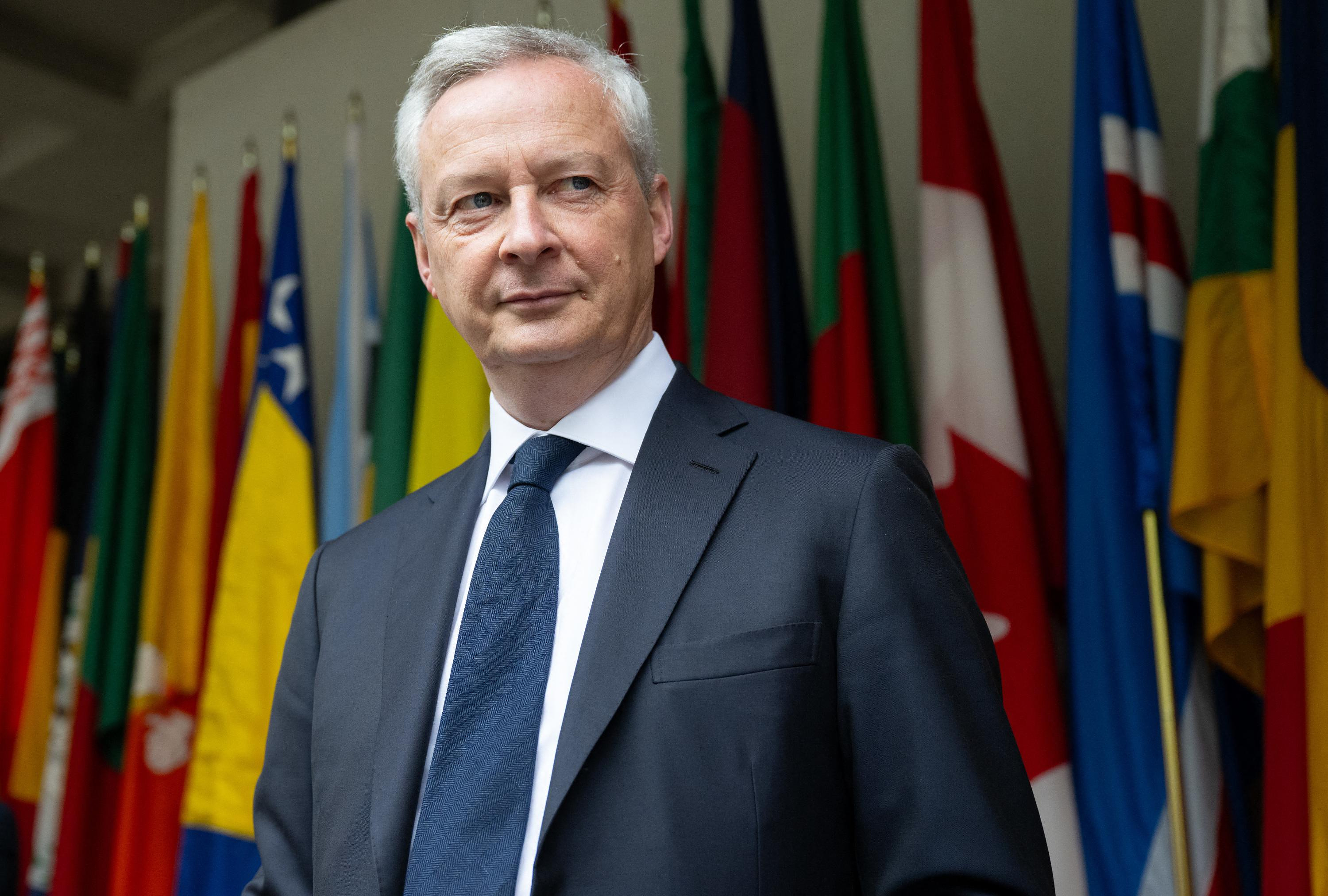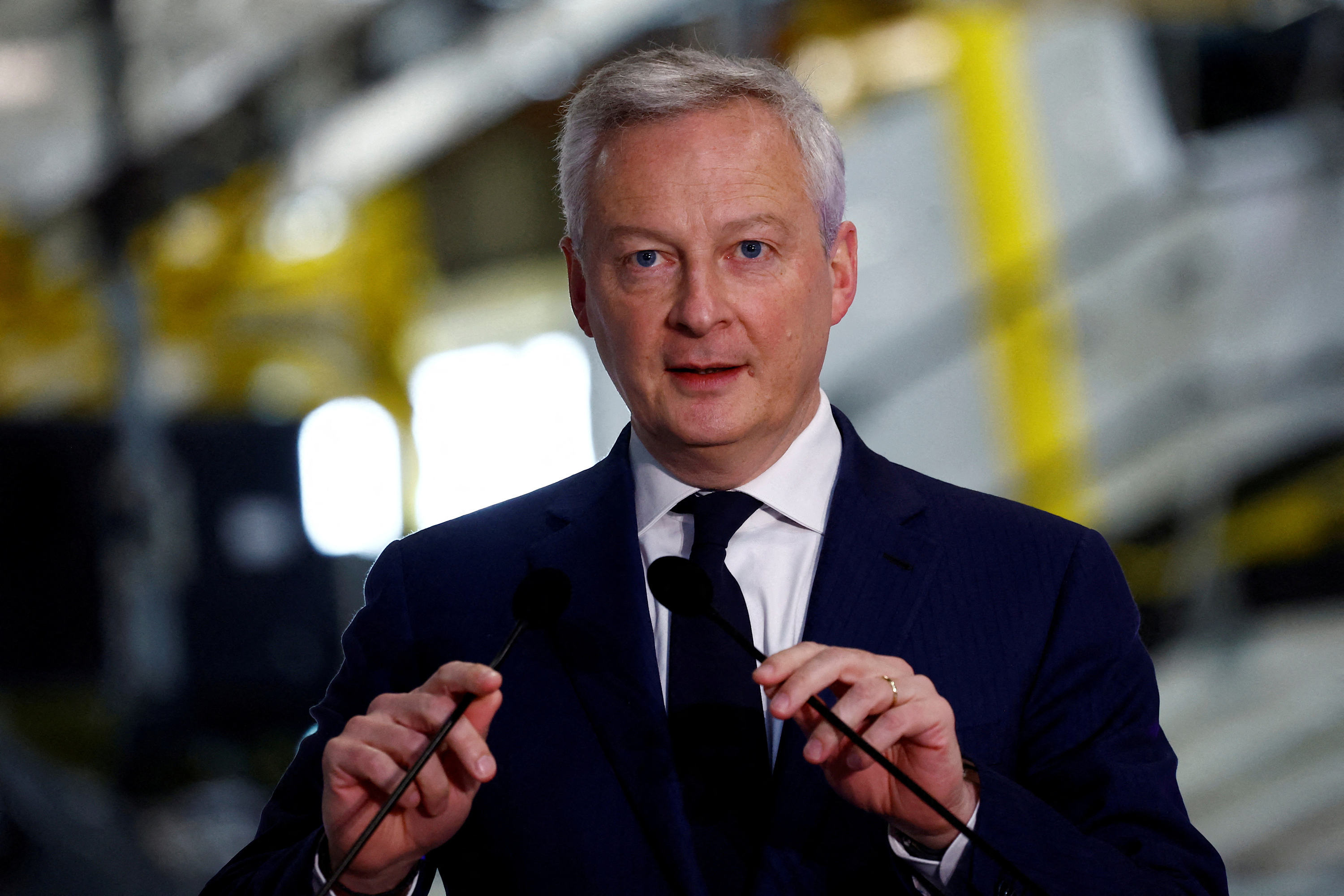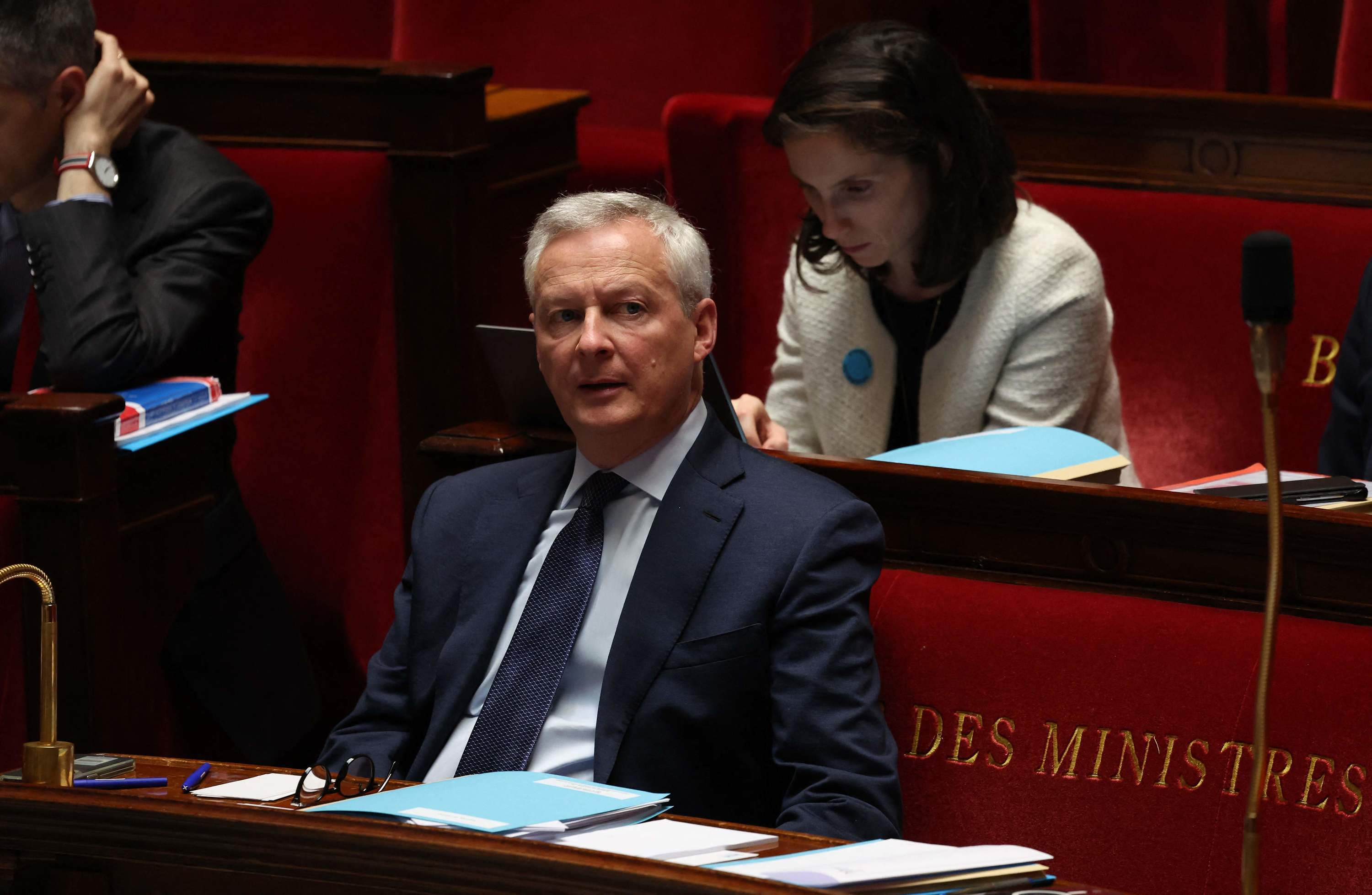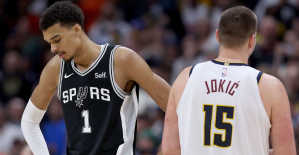When greed, disgrace and shame at the end of the second act of “Götterdämmerung” decide the hero's death, I couldn't stand it any longer. It was very clear which interpretation it should be: the masterful and very classic one by Karajan and the Berlin Philharmonic (from my collection) went best with the colorful images of the oath of revenge found by the American graphic novel legend P. Craig Russell . Wagner without music, that just doesn't work the whole way.
The libretti of the four "Ring" operas are a masterpiece - the great trial of law and justice, self-determination and destiny, a shock account of determinism. Without any logical gaps, the epic branches out over many epochs, the archaic characters always remain clear in their motives and the actions are frighteningly compelling. Wagner created his own strong language for the “Ring”. The tetralogy is – also – high literature.
What is written always needs pictures. They arise either alone in the mind of the reader or - in dramatic texts like the "Ring" - on the stage. An interesting intermediate form is the graphic novel (the grown-up brother of comics), where the plot is so flat that it fits between two book covers, but can achieve its own depth through the naturally strong imagery. Alan Moore's "Watchmen" is a perfect example of this, or "Maus" by Art Spiegelmann. Because the eye has to read and see at the same time, this genre is also much more demanding than its reputation.
P. Craig Russell told the “Ring of the Nibelung” as a comic. The thing weighs 1344 grams, measured by kitchen scales, and is 448 pages thick. It has now been published in German for the first time by "cross cult" publishing house; the American original is more than twenty years old.
Can this work? So the magnum opus of music drama without any music? I've already put the punch line to lure readers: It works, but not as well as with. While reading and looking (which is faster than hearing and seeing) you hum along the “Ring” in shreds of the leitmotif in your head. But let's try to turn that off. Does the story work as a superhero story?
Surprisingly good. The depth of the plot is not at all inconsistent with the already badly clichéd images. On the contrary, she catches them well. Sure: Everything is presented here that one imagines under Wagner if one has never been to the opera. The Wälsungs are blond, blue-eyed and muscular in an ideal-typical German way, in a way that a German draftsman would never have dared to do.
Loge darts through the panels as a willowy humanoid flame. Wotan looks like Anthony Hopkins Odin in the Marvel film series about "Thor" (which was filmed many years later, of course): winged helmet, bushy beard, golden muscle band on his arm, as a wanderer in "Siegfried" then with the prescribed slouch hat. And the Nibelungen are Gollum-like gnomes, gray and grisly, creeping and crawling. Evil Dwarves.
With hooked noses? No. Russell apparently did not read the anti-Semitic traits in the Wagnerian descriptions of the characters, which many opponents accuse the composer of.
So if you only leaf through the book quickly, you could also think that you have landed in the "Lord of the Rings". And that is also calculated. "P Craig Russell's marvelous narration of the Ring cycle manages to be both the most faithful and inspirational comic take on the opera and the ultimate high-fantasy saga at the same time."
It becomes particularly clear in the title pages of the individual acts, in which things are brutal like in early Marvel and DC comics. The Nornennarration in the “Götterdämmerung” becomes: “Chapter One: The Rope of Fate”, the final act of “Siegfried” becomes: “Laughing at Death”. clang!
If you can live with this kind of fun - and I can - then you get far enough to see the strength of the adaptation: It tells the very complex plot with all its side strands, forward and backward views extremely stringently, nothing was left out here or oversimplified.
The genre offers good tools for this: Waltraute's report to Brünnhilde about Wotan's desperation, if not madness, is drawn in black and white and therefore has its own dimension. Especially in the camouflaged helmet exchange between Gunther and Siegfried, which is often frazzled on stage and requires the greatest concentration when reading the libretto, the visual language helps to understand the text.
So for those who are not very familiar with the "Ring", this book is a recommendation for the comprehensibility of the plot alone. Also because the author has developed his own language world, i.e. does not use Wagner's alliteration, but uses his own tonality variant.
The is closely based on the English translations. In the German edition, Wagner's language is put through a quadruple meat grinder: from the original to the English surtitle version, to the adapted comic language with its typical forms, and then everything back to German. That is interesting. And not a bit embarrassing.
In his panels, Russell sticks so closely to the original instructions that one could almost mistake his imagery for stage sketches. In the first "Rheingold" scene, which Wagner describes in great detail, Alberich's feverishly hopping around from rock to rock is retold frame by frame - even in kitsch opera houses like the Met it is no longer staged as faithfully as it was written.
Whereby that again has a very fine irony: The comic is in its fantasy realism practically the wet dream of those traditionalists who would prefer a papier-mâché dragon to a clever interpretation at any time. Here is Fafner Lindwurm, here he can be. But of course these opponents of director's theater turn up their noses at Russell's genre. Mirror Mirror…
Michael Kennedy, music critic for the London Telegraph, even goes so far as to write in his foreword that in Russell's adaptation one would see the cycle "as Wagner may have seen it in his mind's eye (and how enthusiastic he certainly is would have been from the Valkyrie ride)". Well, Wagner's head offers many of his fans a fully furnished home. I think it would have somehow become too colorful for him.
So you balance your way through the work with profit, the two dimensions of content and visual power are served well to very well - but of course this type of representation eventually reaches its limits. And here we are again at the very beginning (of the text) and at the end (of the tetralogy). When Gunther, Hagen and Brünnhilde join forces to form the forced association of the dragon slayers, it is one of the most powerful scenes in Wagner's work. You remember big productions and you just can't do without the music anymore. The work of the master is a total work of art.
No matter how brilliantly the operas are performed in concert performances, how seductively playful Westbam's Wagner project promises to be at the Easter Festival, whether as a funny event feature film or as a careful and somewhat silly adaptation in comics: only when you realize that the diverse genius of the master in the equal combination of music, narration and representation is so much more grandiose than the sum of its already remarkable parts, has arrived completely with Wagner. Oh, how I long for Bayreuth!

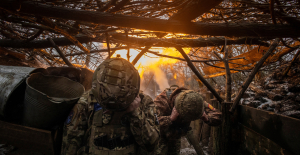 What is chloropicrin, the chemical agent that Washington accuses Moscow of using in Ukraine?
What is chloropicrin, the chemical agent that Washington accuses Moscow of using in Ukraine? Poland, big winner of European enlargement
Poland, big winner of European enlargement In Israel, step-by-step negotiations for a ceasefire in the Gaza Strip
In Israel, step-by-step negotiations for a ceasefire in the Gaza Strip BBVA ADRs fall almost 2% on Wall Street
BBVA ADRs fall almost 2% on Wall Street Sánchez cancels his agenda and considers resigning: "I need to stop and reflect"
Sánchez cancels his agenda and considers resigning: "I need to stop and reflect" The Federal Committee of the PSOE interrupts the event to take to the streets with the militants
The Federal Committee of the PSOE interrupts the event to take to the streets with the militants Repsol: "We want to lead generative AI to guarantee its benefits and avoid risks"
Repsol: "We want to lead generative AI to guarantee its benefits and avoid risks" Osteoarthritis: an innovation to improve its management
Osteoarthritis: an innovation to improve its management The yen jumps 3% then falls again, amid speculation of Japanese intervention
The yen jumps 3% then falls again, amid speculation of Japanese intervention A very busy Friday on the roads of Île-de-France before the Ascension Bridge
A very busy Friday on the roads of Île-de-France before the Ascension Bridge Fraud: the government is preparing new measures for the fall
Fraud: the government is preparing new measures for the fall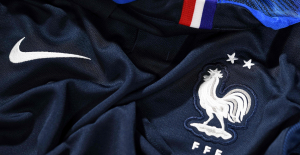 Nike breaks the bank to keep the Blues jersey
Nike breaks the bank to keep the Blues jersey Madonna ends her world tour with a giant - and free - concert in Copacabana
Madonna ends her world tour with a giant - and free - concert in Copacabana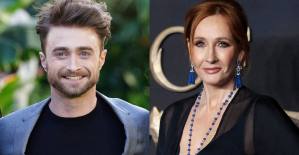 Harry Potter: Daniel Radcliffe “really saddened” by his final breakup with J.K. Rowling
Harry Potter: Daniel Radcliffe “really saddened” by his final breakup with J.K. Rowling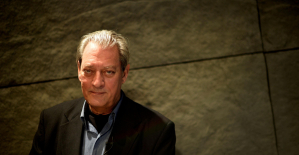 Leviathan, New York Trilogy... Five books by Paul Auster that you must have read
Leviathan, New York Trilogy... Five books by Paul Auster that you must have read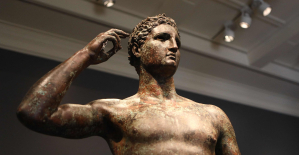 Italy wins a decisive round against an American museum for the restitution of an ancient bronze
Italy wins a decisive round against an American museum for the restitution of an ancient bronze Omoda 7, another Chinese car that could be manufactured in Spain
Omoda 7, another Chinese car that could be manufactured in Spain BYD chooses CA Auto Bank as financial partner in Spain
BYD chooses CA Auto Bank as financial partner in Spain Tesla and Baidu sign key agreement to boost development of autonomous driving
Tesla and Baidu sign key agreement to boost development of autonomous driving Skoda Kodiaq 2024: a 'beast' plug-in hybrid SUV
Skoda Kodiaq 2024: a 'beast' plug-in hybrid SUV The home mortgage firm rises 3.8% in February and the average interest moderates to 3.33%
The home mortgage firm rises 3.8% in February and the average interest moderates to 3.33% This is how housing prices have changed in Spain in the last decade
This is how housing prices have changed in Spain in the last decade The home mortgage firm drops 10% in January and interest soars to 3.46%
The home mortgage firm drops 10% in January and interest soars to 3.46% The jewel of the Rocío de Nagüeles urbanization: a dream villa in Marbella
The jewel of the Rocío de Nagüeles urbanization: a dream villa in Marbella Europeans: a senior official on the National Rally list
Europeans: a senior official on the National Rally list Blockade of Sciences Po: the right denounces a “drift”, the government charges the rebels
Blockade of Sciences Po: the right denounces a “drift”, the government charges the rebels Even on a mission for NATO, the Charles-de-Gaulle remains under French control, Lecornu responds to Mélenchon
Even on a mission for NATO, the Charles-de-Gaulle remains under French control, Lecornu responds to Mélenchon “Deadly Europe”, “economic decline”, immigration… What to remember from Emmanuel Macron’s speech at the Sorbonne
“Deadly Europe”, “economic decline”, immigration… What to remember from Emmanuel Macron’s speech at the Sorbonne These French cities that will boycott the World Cup in Qatar
These French cities that will boycott the World Cup in Qatar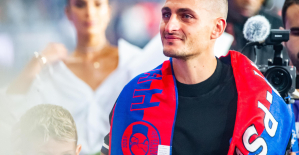 Mercato: Verratti at Barça? A track studied
Mercato: Verratti at Barça? A track studied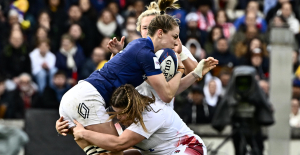 Rugby: after the defeat during the Six Nations, the Blues will meet the English in September for a test match
Rugby: after the defeat during the Six Nations, the Blues will meet the English in September for a test match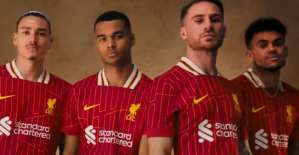 Premier League: Liverpool unveils its new jersey for next season
Premier League: Liverpool unveils its new jersey for next season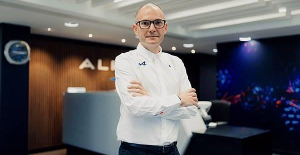 Formula 1: Alpine holds its new executive technical director
Formula 1: Alpine holds its new executive technical director




